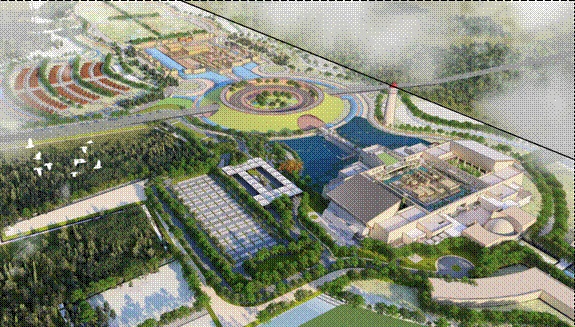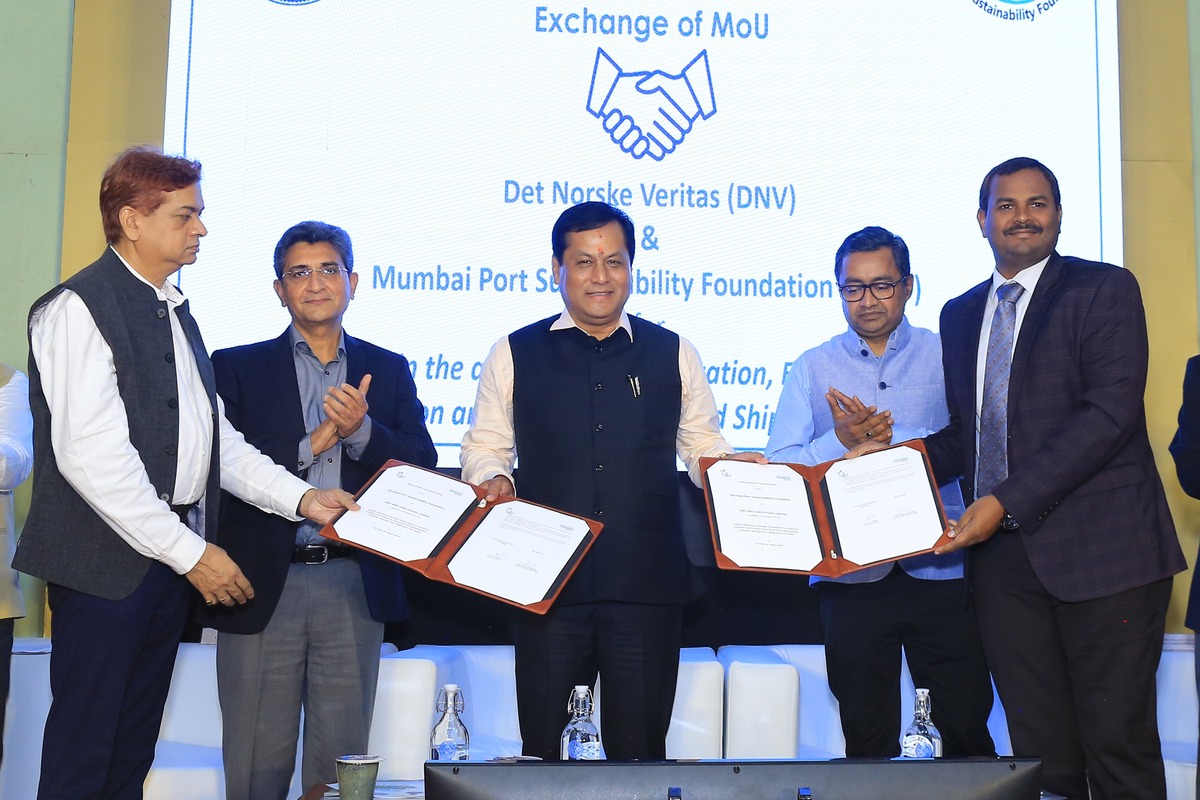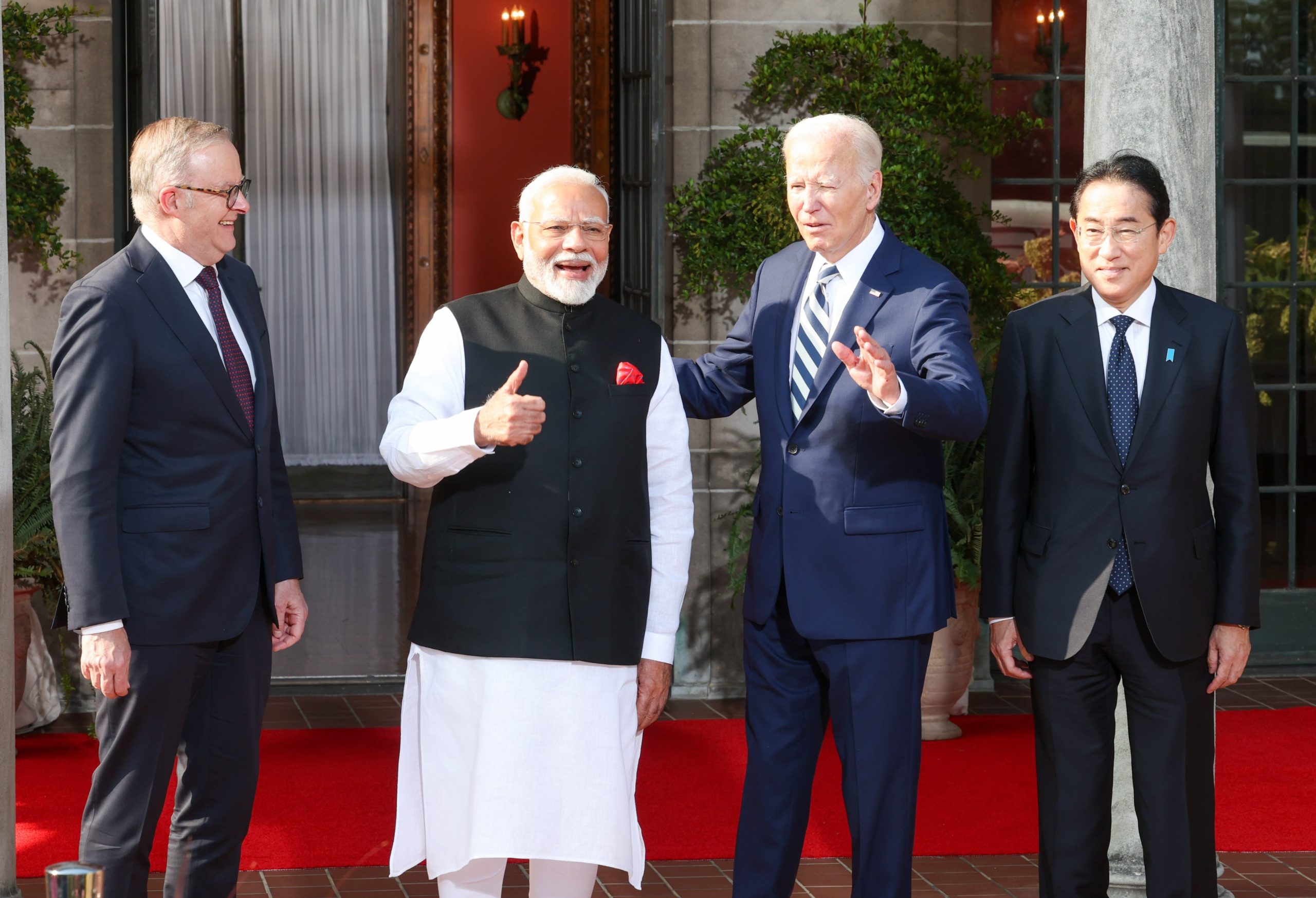Prime Minister Narendra Modi’s Vision to Showcase India’s 4,500-Year-Old Maritime Legacy
New Delhi, 9th October 2024 – The Union Cabinet, led by Prime Minister Narendra Modi, has given its green light to the ambitious National Maritime Heritage Complex (NMHC) project at Lothal, Gujarat. Set to be developed in two phases, this landmark initiative is set to preserve and showcase India’s maritime history, spanning over 4,500 years. The NMHC will not only serve as a world-class heritage museum but also stimulate regional economic growth, with a significant impact on employment and tourism.
Project Breakdown: Phases and Timeline
The NMHC project will be executed in two major phases, with Phase 1A already under development. This phase, which includes the NMHC Museum with six galleries, is more than 60% complete and is scheduled for completion by 2025. Phase 1A will feature the Indian Navy & Coast Guard gallery, one of the largest of its kind in the country, and an open aquatic gallery with a replica model of Lothal Township, a significant ancient dockyard.
Phase 1B, which will be funded by the Directorate General of Lighthouses and Lightships (DGLL), will include the Lighthouse Museum, expected to be the tallest lighthouse museum in the world. This phase will also feature an expansive Bagicha Complex, with parking, food halls, and a medical center.
Phase 2 will expand the complex even further, introducing Coastal States Pavilions, a maritime-themed eco resort, a maritime institute, and several theme parks, including the Maritime & Naval Theme Park, Climate Change Park, and an Adventure & Amusement Park.
Employment and Economic Impact
The development of the NMHC will be a significant job creator, with an estimated 22,000 jobs to be generated during the project’s execution. This includes 15,000 direct jobs and 7,000 indirect jobs, providing a boost to the local economy and surrounding communities.
The NMHC will also provide a wide range of benefits to various stakeholders, including tourists, local communities, researchers, educational institutions, cultural organizations, and businesses, positioning the region as a major cultural and tourism hub.
The Vision Behind the Project
The establishment of the National Maritime Heritage Complex is a realization of Prime Minister Modi’s vision to showcase India’s 4,500-year-old maritime heritage. Lothal, an ancient Indus Valley Civilization site, holds immense historical significance as one of the world’s earliest dockyards, and the NMHC will celebrate this rich legacy.
The project’s master plan has been designed by renowned architect Hafeez Contractor, while Tata Projects Ltd. is responsible for executing the Phase 1A construction.
A World-Class Heritage Destination
Upon completion, the NMHC will become a premier global destination for maritime heritage. It will offer visitors a chance to explore India’s naval history, interact with exhibits, and enjoy a unique blend of culture, education, and entertainment.
The NMHC will also contribute to the ongoing preservation of India’s maritime heritage and will serve as a research and educational hub for students, scholars, and maritime professionals.
A Collaborative Effort for the Future
To ensure the development and management of the NMHC, a separate society will be established, governed by a Governing Council chaired by the Minister of Ports, Shipping & Waterways. This will facilitate the complex’s operation and ensure its long-term sustainability.
Key Highlights of the Project:
- Location: Lothal, Gujarat
- Phases: Two phases, with Phase 1A set for completion in 2025.
- Major Attractions: Indian Navy & Coast Guard gallery, replica Lothal township, Lighthouse Museum (world’s tallest), Coastal States Pavilions, maritime institute, and eco-resort.
- Employment: Creation of 22,000 jobs (15,000 direct, 7,000 indirect).
- Beneficiaries: Local communities, tourists, educational institutions, researchers, businesses, and cultural organizations.
The National Maritime Heritage Complex is poised to become an iconic symbol of India’s rich maritime history, attracting tourists and scholars alike, and contributing to the region’s sustainable economic growth.




